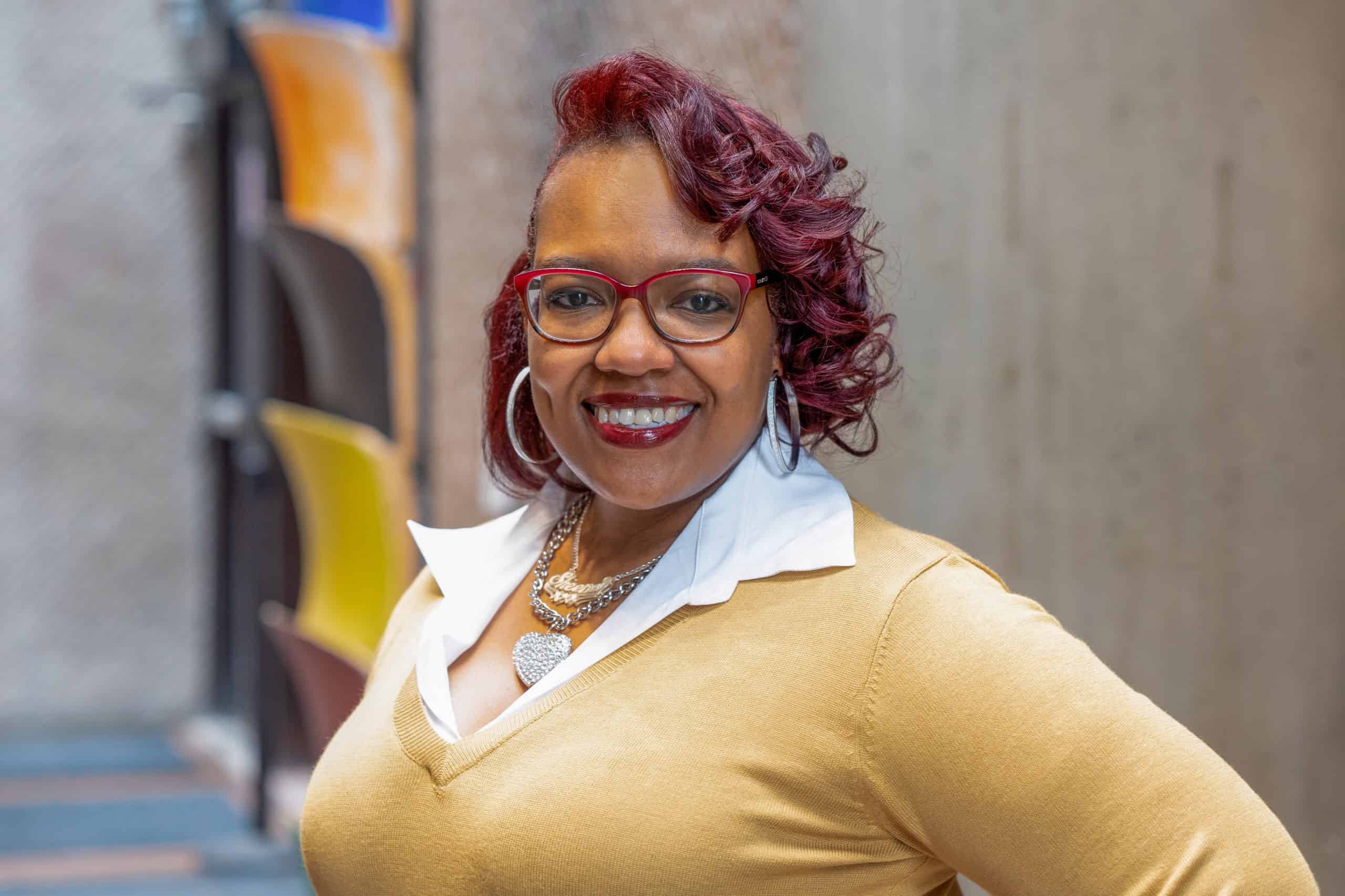Broadening Perspectives:
Growing a Healthy Office Culture
Published May 9th, 2022
When I came to work at The Gifford Foundation 15 years ago, the agency was run by an incredible woman named Kathy Goldfarb-Findling. Anyone who worked in philanthropy or the nonprofit sector in Central New York during that time will remember her, as her leadership had a huge impact not only on Gifford but on the community itself. Kathy took risk, supported individuals and organizations and did it all with empathy and compassion. Sadly, we lost Kathy back in 2013 after a long battle with ALS. Now that I find myself sitting in the Executive Director’s chair, I am constantly reminded of how much her management style has shaped my own. And even though the world looks very different today, her approach has given me a toolkit to grow and sustain a healthy office culture in these uncertain times.

Sheena Solomon is the Executive Director of the Gifford Foundation.
Kathy believed that the office should be a welcoming place. It wasn’t unusual to see dogs or kids walking in the halls, and she was compassionate and understanding if you had to leave early to go to a doctor’s appointment or put your work down to deal with a family obligation. By leading with trust and offering flexibility, she planted the seeds for loyalty and respect. She had no interest in micromanaging us as long as we got our work done.
I do my best to look at the staff as individual human beings and not just as part of the Gifford team. The better I understand the team, the better I can supervise and lead the team. The better I can respond and provide support – whatever that might look like. Last year, I implemented half-day Fridays because I felt the team needed mental health time. Some people raised their eyebrows, but more than a year has passed and we are making even more progress. They appreciate having that time for themselves, but they don’t take advantage of it because they feel trusted and valued at work.
Similarly, I am very careful not to bother my employees after work hours or during their time off. Now that we have the ability to contact each other in so many different ways, it can be really hard to set boundaries. Of course there are times when I feel the urge to ask a member of my team something on the weekend, but then I stop myself because I don’t want them doing the same to me! Having the technology to be in touch 24/7 cuts both ways, so establishing respect around each other’s schedules is really important.
Watching Kathy succeed in her role taught me that a leader is only as good as their team. And how can you lead a team if you don’t know the team?
Of course there are many leaders who take a strict and dictatorial approach to managing their staff, but the pandemic has made this impossible: remote work isn’t going anywhere, and that means that we have to build real relationships with our employees in order to stay connected. I have found that having one on one lunches with staff lets me learn things that I would never know from just chatting in the hall. You could have an employee with family in Ukraine right now, and not be aware of how that is affecting them unless you create that space to talk and listen.
Even if you have a wonderful office culture and a great mission, it is important to remember that these are not substitutes for fair compensation. Someone may come to work for you because they love the team and they like the impact your organization has. But those things don’t help them feed their family. Eventually, they will have to find another option.
For me, it is possible to develop strong connections with my team because we are a small agency. If you have a staff of a hundred and fifty people, that’s much harder to do. In those cases you have to implement that same culture within your management team. Even if you do not have the bandwidth to know every staff member, make sure that your department managers are building those connections.
Watching Kathy succeed in her role taught me that a leader is only as good as their team. I try to create a welcoming environment with an open-door policy where you don’t feel like you need an appointment to walk into my office. If I am in here and my door is open, we can definitely have a conversation. After all, how can you lead a team if you don’t know the team?

Sheena Solomon, Executive Director


